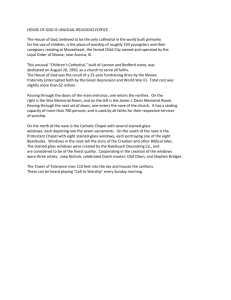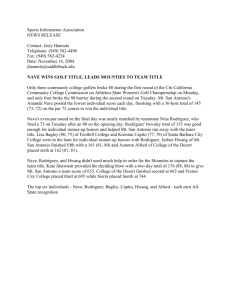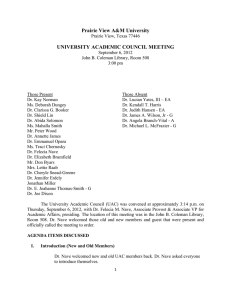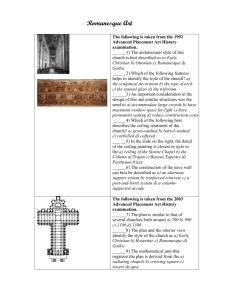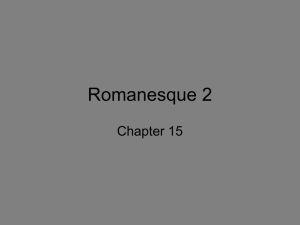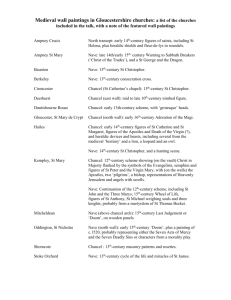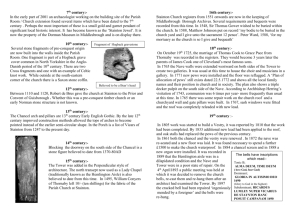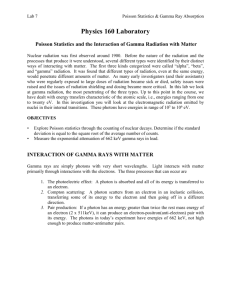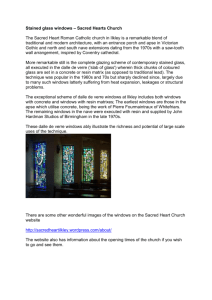ChapelClass
advertisement
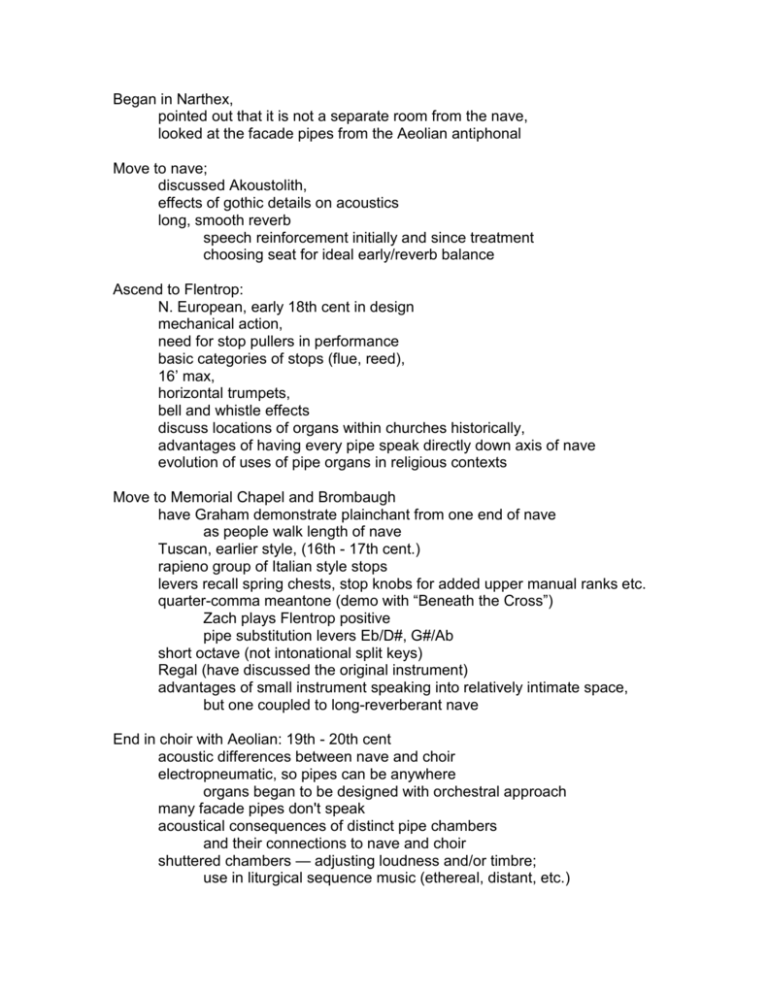
Began in Narthex, pointed out that it is not a separate room from the nave, looked at the facade pipes from the Aeolian antiphonal Move to nave; discussed Akoustolith, effects of gothic details on acoustics long, smooth reverb speech reinforcement initially and since treatment choosing seat for ideal early/reverb balance Ascend to Flentrop: N. European, early 18th cent in design mechanical action, need for stop pullers in performance basic categories of stops (flue, reed), 16’ max, horizontal trumpets, bell and whistle effects discuss locations of organs within churches historically, advantages of having every pipe speak directly down axis of nave evolution of uses of pipe organs in religious contexts Move to Memorial Chapel and Brombaugh have Graham demonstrate plainchant from one end of nave as people walk length of nave Tuscan, earlier style, (16th - 17th cent.) rapieno group of Italian style stops levers recall spring chests, stop knobs for added upper manual ranks etc. quarter-comma meantone (demo with “Beneath the Cross”) Zach plays Flentrop positive pipe substitution levers Eb/D#, G#/Ab short octave (not intonational split keys) Regal (have discussed the original instrument) advantages of small instrument speaking into relatively intimate space, but one coupled to long-reverberant nave End in choir with Aeolian: 19th - 20th cent acoustic differences between nave and choir electropneumatic, so pipes can be anywhere organs began to be designed with orchestral approach many facade pipes don't speak acoustical consequences of distinct pipe chambers and their connections to nave and choir shuttered chambers — adjusting loudness and/or timbre; use in liturgical sequence music (ethereal, distant, etc.) combination presets and couplers: mechanical devices —> memory (mention Goodson Chapel organ design) slightly mistuned pairs of ranks trumpet vs. trumpet-like sound obtained by combining ranks “strings” 32’ ranks, incl reed specialty/percussion stops interesting solo stops
